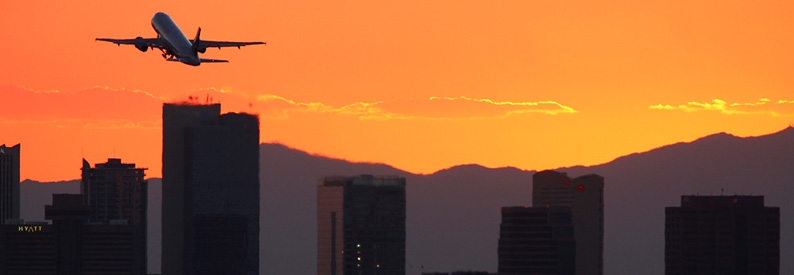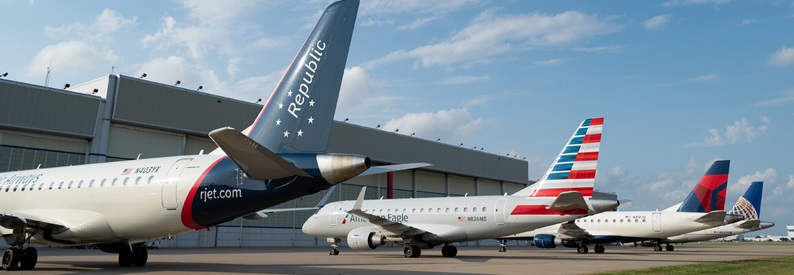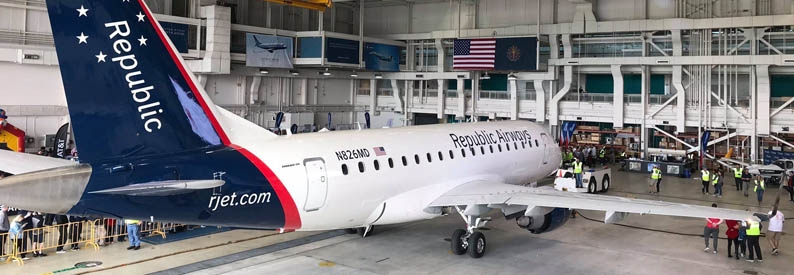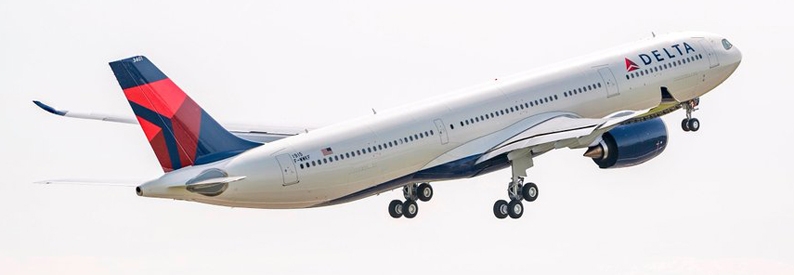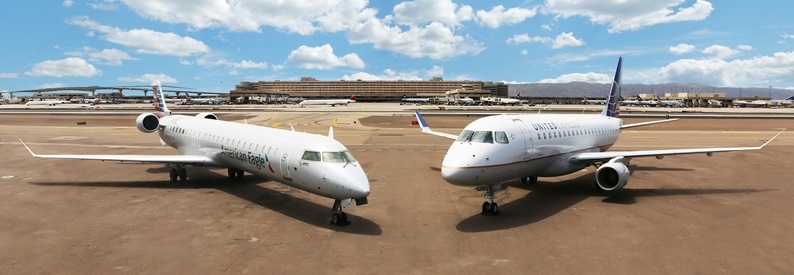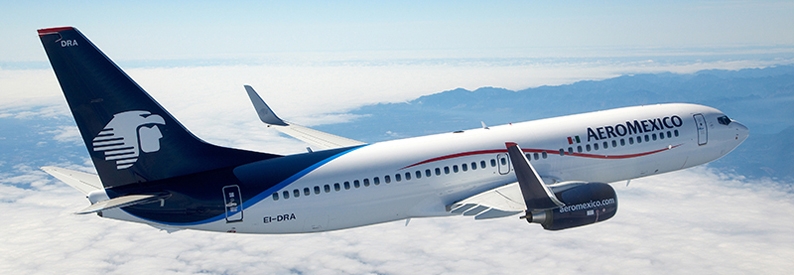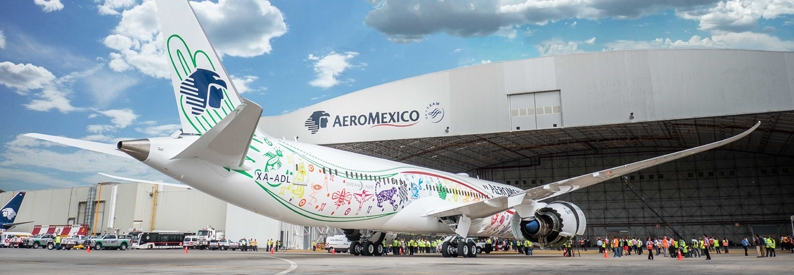US telecom companies AT&T and Verizon have agreed to defer the roll out of new 5G wireless services for two weeks after local airlines warned of massive disruptions due to interference with navigational equipment.
"We're grateful to all parties for their cooperation and good faith. This agreement ensures that there will be no disruptions to air operations over the next two weeks and puts us on track to substantially reduce disruptions to air operations when AT&T and Verizon launch 5G on January 19," President Joe Biden said in a statement.
The agreement commits the administration to allow the deployment of 5G on January 19 unless "any unforeseen aviation safety issues" emerge.
Lobby group Airlines for America (A4A) welcomed the decision and said it would work together with "all stakeholders" to ensure that 5G does not jeopardise aviation safety once operational..
5G networks were originally due to live in the US on December 5, 2021, only for that date to be pushed back by a month to January 5 over airlines' concerns. The Federal Communications Commission, which directly governs the allocation and operation of broadband technologies, has repeatedly argued that there is no need for further delays. Although the two telecom firms have been adamant they would not delay the roll out any further, they did, on January 1, voluntarily bow to intense pressure from the airline sector and some parts of the US administration.
United Airlines Chief Executive Scott Kirby recently said the deployment of the 5G spectrum as planned would amount to "a catastrophic failure of government". The airlines warned that the technology would interfere with aircraft radio altimeters, disabling precision approaches at around 40 major airports and leading to a swathe of delays and cancellations. A4A said that based on an estimate of 4% flights affected, annual costs to passenger airlines in the US would reach USD1.6 billion, while cargo carriers would suffer USD400 million in costs.
In a detailed explanation provided to ch-aviation, A4A previously said the problems were specific to the US due to the frequencies allocated to 5G being closer to radio altimeter frequencies than in other countries. In addition, the US permits higher power and the construction of 5G antennae near airports.
- Type
- Base
- Aircraft
- Destinations
- Routes
- Daily Flights

